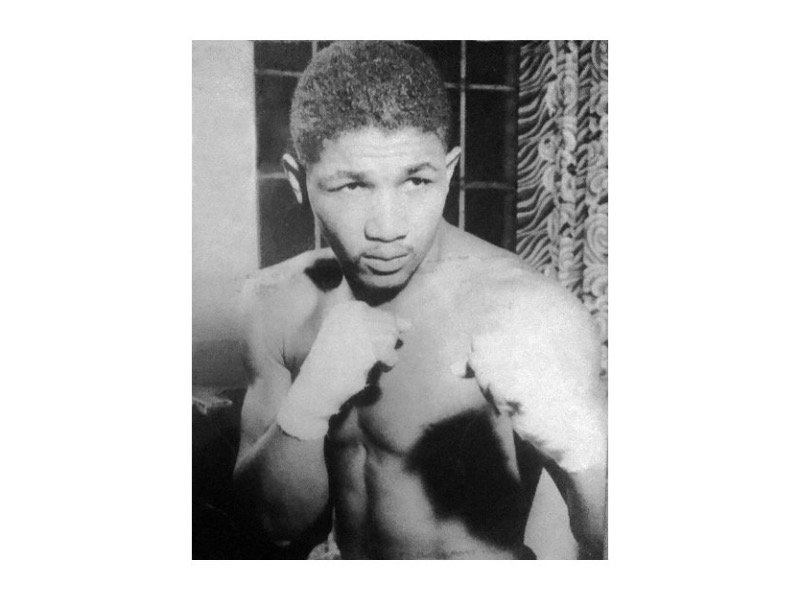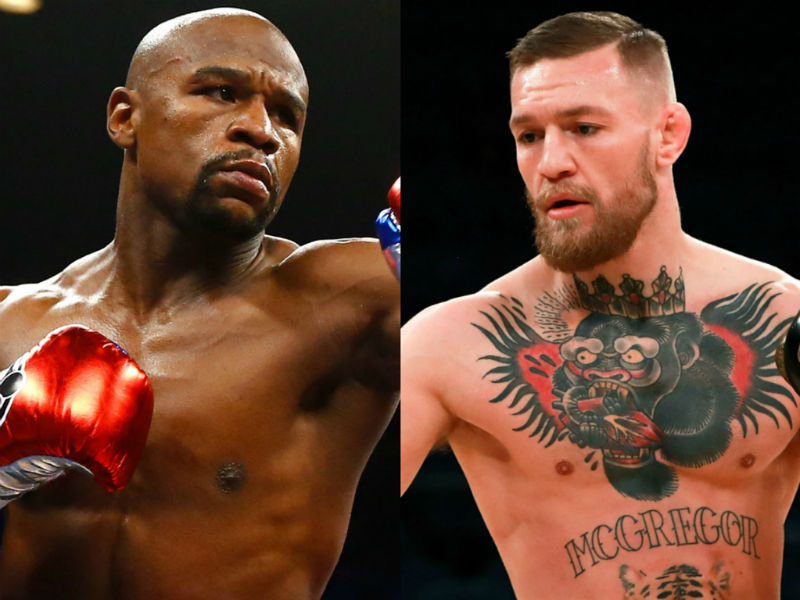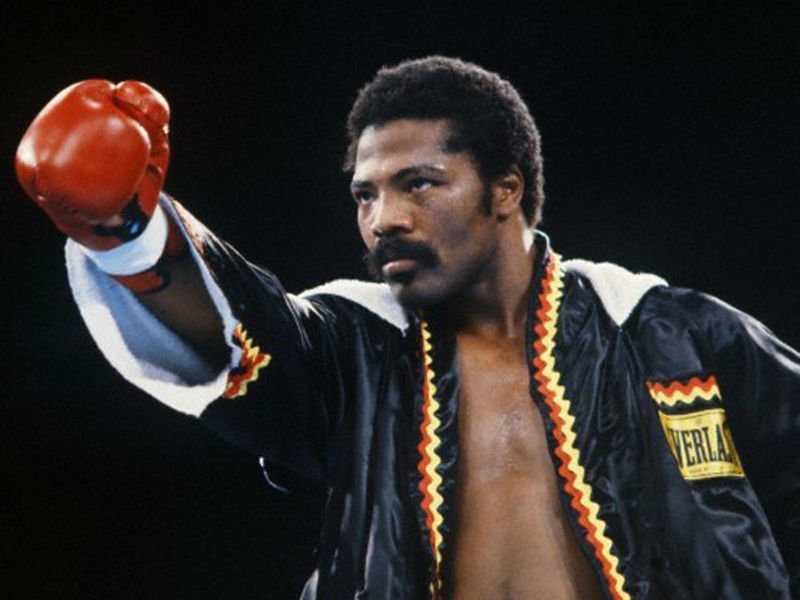In a discussion about boxing’s keenest wits, the name of Oscar Matthew Battling Nelson isn’t likely to come up. The conventional wisdom about the early 20th century lightweight champion is that he used his head mostly as a target for opponents to strike at will until the futility of it wore them down and made them easy pickings for the fighter known as "The Durable Dane."
"He defeated most of the men he met by simply taking everything they could deliver," wrote referee Charley White in 1911. "Take the time he fought the great Joe Gans at Goldfield (Nevada). In that fight Nelson took enough punishment to have beaten 10 men; still, there was never a time but that he believed he’d beat the Negro."
A 1915 newspaper article posited that "Nelson was struck more blows than any other fighter ever received in the ring," and reported that "doctors who examined him said he was of subnormal nervous organism, meaning his nerves were less sensitive than those of ordinary men, and did not carry shock to the brain in the normal way."
Nelson was less clinical. "When I go into the ring, I want to get in as many punches on the other fellow in places where they will do the most good," he said, "and in order to do this, I’m willing to take a few hard raps myself. And I know I can stand them."
Richard S. Davis, later a Pulitzer Prize-winning reporter for The Milwaukee Journal, was in Colma, California on Feb. 22, 1910, when Nelson lost his title to Ad Wolgast in 40 blood soaked rounds. "Nelson took punch after punch in the face and ribs until he looked like a great chunk of round steak down as far as the belt," Davis recollected 43 years later.
By the 39th round, Davis said, whenever a Wolgast punch landed on Nelson’s gory face, "it was almost like a child pushing his fists into a moist mud pie."
Nelson derided Wolgast as a "cheese champion" because he was still on his feet when the referee stopped the fight. Nine months later, when Owen Moran became the first (and only) man to put Nelson down for the count, Bat grudgingly hailed the Britisher as "a greater discoverer than [Frederick] Cook or [Robert] Peary. These two fellows claimed they found the North Pole, but Moran discovered beyond a doubt that I am a human being."
(Interesting enough, Nelson and heavyweight champ Jim Jeffries, that era’s other totem of impregnability in the ring, both wanted nothing to do with the burgeoning [and then very lethal] sport of football because it was too violent. "It’s a great sport," said Nelson in 1904, "but excuse ‘Bat’ from mixing it up with that bunch of murderers. Those fellows seem to be enjoying themselves, but mine with the padded mitts and a referee that won’t let ‘em kick when I’m down ... ").
While duly impressed with the Battler’s stamina and brute instinct in the ring, historians haven’t given Nelson sufficient credit for the fact that his battered noggin contained an active and surprisingly facile noodle.
He was a frustrated writer, among other things. Nelson produced an autobiography, "Battling Nelson -- His Life, Battles and Career," but he knew his literary limitations and relied on newspaperman Vincent Treanor for help over the rough patches.
Treanor recalled being asked by Nelson during their collaboration, "What is the exact meaning of the word ‘notorious’?"
When Treanor explained that it "implied fame for bad deeds rather than for good ones," Nelson was relieved.
"It’s all right then," he said. "I wanted to call Jack London a ‘notorious writer’ for having wrote me up as ‘The Abysmal Brute,’ and I was afraid I might slip him a boost by mistake."
Both Nelson and the typewriter got their start in Milwaukee, and according to Manning Vaughan of The Journal, the former had "a mania" for the latter.
"He never failed to pay us a visit … after becoming a champion," wrote Vaughan in 1927, "and five minutes after he was in the office he would sit down and write that well known beginner’s line: ‘Now is the time for all good men, etc.’ over and over again."
When Nelson visited the sports department on the eve of a fight and was done with his typing, he’d stand up and declare, apropos of the impending contest, "This will be no pink tea party." Hemingway couldn’t have put it better.
Maybe the Battler’s canniest achievement, for which he deserves at least honorable mention in a discussion of great boxing wits, occurred 104 years ago today. The occasion was the Dec. 8, 1913 fight in Milwaukee between lightweight contender Packey McFarland and future welterweight champion Jack Britton.
Boxing had been legalized in Wisconsin earlier that year, and 8,000 fans packed the Auditorium for the much-anticipated 10-round no-decision match. They left holding their noses.
McFarland got the nod from the newspapers the next day, but Manning Vaughan wrote, "he boxed so poorly and showed so little inclination to force matters that he was booed and hissed throughout the 10 tame rounds."
When Battling Nelson died on Feb. 7, 1954, The Journal’s Sam Levy, who knew Nelson and covered many of his bouts, disclosed one of the reasons McFarland looked so bad against Britton.
As the fighters were being introduced, Nelson sat down next to Levy at ringside and tore a handful of blank pages from the latter’s notebook.
"I hate that guy McFarland," said the Battler. "Watch me get him crazy."
At the end of every round, Nelson grabbed Levy’s pencil and scribbled on one of the notebook pages, then folded and tossed it into Britton’s corner.
"What are you writing?" asked Levy after this had gone on for a while.
"Nothing," sneered Nelson. "I don’t have to tell Britton how to fight. He’s one of the smartest in the business. But keep an eye on McFarland. He’ll go crazy."
Wrote Levy: "Packey, the crafty boxer, was so mad at Nelson that he couldn’t fight."







